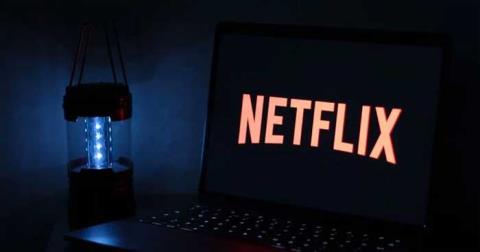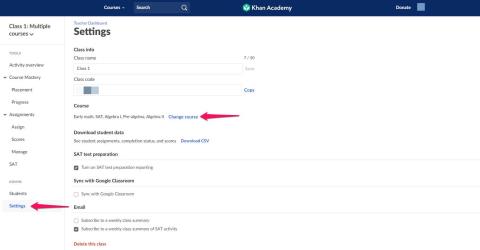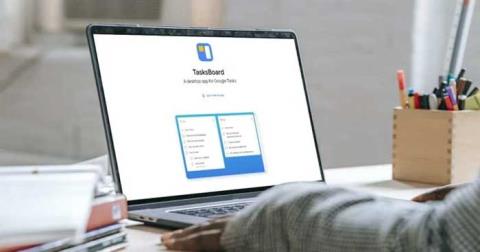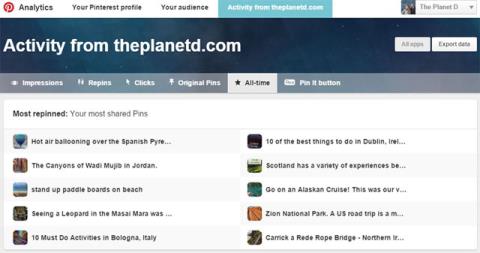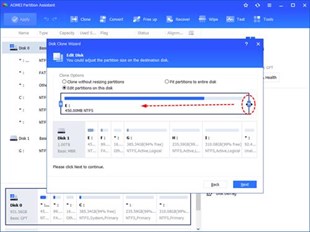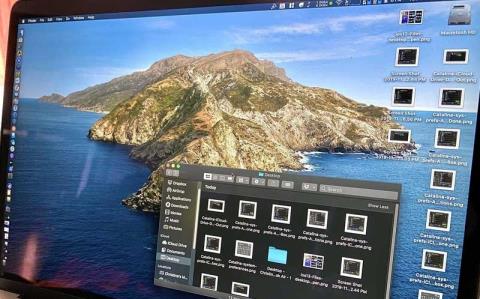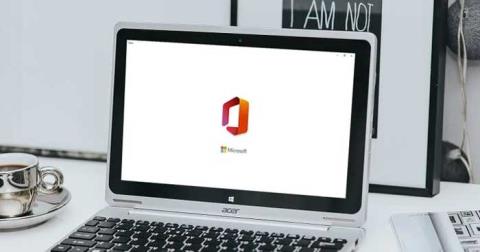Ever needed to extract the audio file from a certain video you had on your personal computer? Or perhaps wanted to convert a video file from one format to another? If not these two, you surely must have desired to compress a video file to be a specific size or playback in a different resolution.
All of these and many other audio-video related operations can be performed by using a simple command-line tool known as FFmpeg. Unfortunately, installing FFmpeg is not as easy as using it but that is where we come in. Below is a step by step guide on how to install the multipurpose tool on your personal computers.
Contents
What is FFmpeg?
Before we walk you through the installation process, let’s have a quick look at what FFmpeg really is and what are the different scenarios in which the tool can come in handy.
FFmpeg (stands for Fast Forward Moving Picture Experts Group) is a very popular open-source multimedia project available on a variety of operating systems and is capable of performing a plethora of operations on any and all audio formats & video formats out there. Even the archaic ones. The project contains multiple software suites and libraries enabling it to perform a variety of video and audio edits. The program is so powerful that it finds its way into many popular applications such as VLC media player and in the core of most online video converting services along with streaming platforms like Youtube and iTunes.
Using the tool one can do tasks like encoding, decoding, transcoding, converting formats, mux, demux, stream, filter, extract, trim, scale, concatenate, etc. on various audio and video formats.
Also, being a command-line tool implies that one can perform operations right from the Windows command prompt using very simple single-line commands (Some of which are provided at the end of this article). These commands are quite versatile as they remain the same over different operating systems. However, the lack of a graphical user interface makes things a little complicated (as you should see later on) when it comes to installing the program on your personal computer.
How to install FFmpeg on Windows 10?
As mentioned earlier, installing FFmpeg on Windows 10 is not as simple as installing any other regular application. While most applications can be installed by simply left-clicking on their respective .exe files and following the on-screen prompts/instructions, installing FFmpeg on your system requires a little more effort because of it being a command-line tool. The whole installation process is divided into three big steps; each containing multiple sub-steps.
The installation process (Step by step)
Nevertheless, that’s why we are here, to guide you through the entire process in an easy to follow step by step manner and help you install FFmpeg on your Windows 10 PC.
Part 1: Downloading FFmpeg and moving to the correct location
Step 1: As obvious, we will need a couple of files to get going. So head over to the official FFmpeg website, select the latest available version followed by your operating system & processor architecture (32 bit or 64 bit), and ‘Static’ under Linking. Recheck your selection and click on the rectangular blue button on the bottom right side that reads ‘Download Build’ to start downloading.
(In case you are unaware of your processor architecture, open Windows file explorer by pressing Windows key + E, go to ‘This PC’ and click on ‘Properties’ in the top left corner. In the properties dialog box, you can find your processor architecture next to the ‘System type’ label. The ‘x64-based processor’ in the below screenshot implies the processor is 64-bit.)
Step 2: Depending on your internet speed, the file should only take a couple of minutes or even seconds to download. Once downloaded, open the ‘Downloads’ folder on your computer and locate the file (unless you downloaded to a specific destination, in that case, open the specific destination folder).
Once located, right-click on the zip file and choose ‘Extract to…’ to extract all the contents to a new folder of the same name.
Step 3: Next, we will need to rename the folder from ‘ffmpeg-20200220-56df829-win64-static’ to just ‘FFmpeg’. To do so, right-click on the newly extracted folder and select ‘Rename’ (Alternatively, you could try selecting the folder and pressing F2 or fn + F2 on your keyboard to rename). Carefully type in FFmpeg and hit enter to save.
Step 4: For the final step of part 1, we will be moving the ‘FFmpeg’ folder to our Windows installation drive. The location is important as the command prompt will only execute our commands if the FFmpeg files are present in the correct locale.
Right-click on the FFmpeg folder and select Copy (or select the folder and press Ctrl + C on keyboard).
Now, open your C drive (or your default Windows installation drive) in the Windows Explorer (Windows key + E), right-click on a blank area and select Paste (or ctrl + V).
Open the pasted folder once and make sure there are no FFmpeg subfolders inside, if there are then move all the files (bin, doc, presets, LICENSE.txt and README.txt ) to the root folder and delete the subfolder. This is how the insides of the FFmpeg folder should look like.
Also Read: How to Install or Uninstall OneDrive in Windows 10
Part 2: Installing FFmpeg on Windows 10
Step 5: We start off by accessing System Properties. To do so open windows explorer (Windows key + E or clicking on the file explorer icon on your desktop), go to This PC and click on Properties (red tick on a white background) in the top left corner.
Step 6: Now, click on Advanced System Settings in the right-hand side panel to open the same.
Alternatively, you could also press the Windows key on your keyboard and directly search for ‘Edit the system environment variables’. Once found, hit enter to open.
Step 7: Next, click on ‘Environmental Variables…’ at the bottom right of the advanced system properties dialog box.
Step 8: Once inside Environment Variables, select ‘Path’ under the User variables for [username] column by left-clicking on it. Post selection, click on Edit.
Step 9: Click on New on the top right-hand side of the dialog box to be able to enter a new variable.
Step 10: Carefully enter C:\ffmpeg\bin\ followed by OK to save changes.
Step 11: After successfully making the entry, the Path label in environment variables will look like this.
If it doesn’t, you probably messed up in one of the above steps or have incorrectly renamed and transferred the file to your Windows directory or must have copied the file to a wrong directory altogether. Reiterate through the above steps to resolve any and all issues.
Also Read: How to install Internet Explorer on Windows 10
Although, if it does look this then voila you have successfully installed FFmpeg on your Windows 10 PC and are good to go. Press OK to close Environment Variables and save all the changes we made.
Part 3: Verify FFmpeg installation in Command Prompt
The final part does not have anything to do with the installation process but will help verify if you were able to correctly install FFmpeg on your personal computer.
Step 12: Press the Windows key on your keyboard or click on start in the taskbar and search for command prompt. Once located, right-click on it and select to ‘Run as administrator.’
Step 13: In the command window, type ‘ffmpeg -version’ and hit enter. If you managed to successfully install FFmpeg on your personal computer, the command window should display details such as build, FFmpeg version, default configuration, etc. Have a look at the below image for reference.
In case you weren’t able to install FFmpeg properly, the command prompt will return the following message:
‘ffmpeg’ is not recognized as an internal or external command, operable program or batch file.
In such a scenario, go through the above guide thoroughly once again and rectify any mistakes you might have committed to following the process. Or come connect with us in the comments section below, we are always there to help you out.
How to use FFmpeg?
It all might as well be for nothing if you don’t know how to use this multipurpose tool. Fortunately, using FFmpeg is much simpler than installing the program itself. All you need to do is open command prompt as administrator or PowerShell and type in the command line for the task you wish to execute. Below is a list of command lines for various audio-video operations that one might wish to perform.
To perform any kind of edits using FFmpeg, you will need to open the command prompt or Powershell in the folder containing the files you wanna work with. Open the folder with your files in it, hold shift & right-click in an empty area and from the list of options select ‘Open Powershell window here’.
Let’s say you want to change the format of a particular video file from .mp4 to .avi
To do so, type the below line carefully in the command prompt and press enter:
ffmpeg -i sample.mp4 sample.avi
Replace ‘sample’ with the name of the video file you wish to convert. The conversion may take some time depending on the file size and your PC hardware. The .avi file will be available in the same folder after the conversion has finished.
Other popular FFmpeg commands include:
Get audio/video file information: ffmpeg -i sample.mp4 Convert video file to audio file: ffmpeg -i input.mp4 -vn output.mp3 Change video resolution: ffmpeg -i input.mp4 -filter:v scale=1280:720 -c:a copy output.mp4 Compress an audio file: ffmpeg -i input.mp3 -ab 128 output.mp3 Remove audio from a video file: ffmpeg -i input.mp4 -an output.mp4 Preview a video: ffplay sample.mp4
Note: Remember to replace ‘sample’, ‘input’, ‘output’ with respective file names
Recommended: 3 Ways to Install Pubg on your PC
So, hopefully, by following the above steps you will be able to install FFmpeg on Windows 10. But if you still have any queries or suggestions then feel free to reach out in the comment section.



